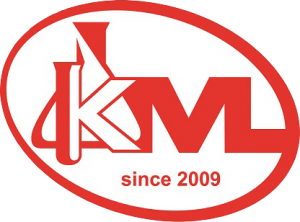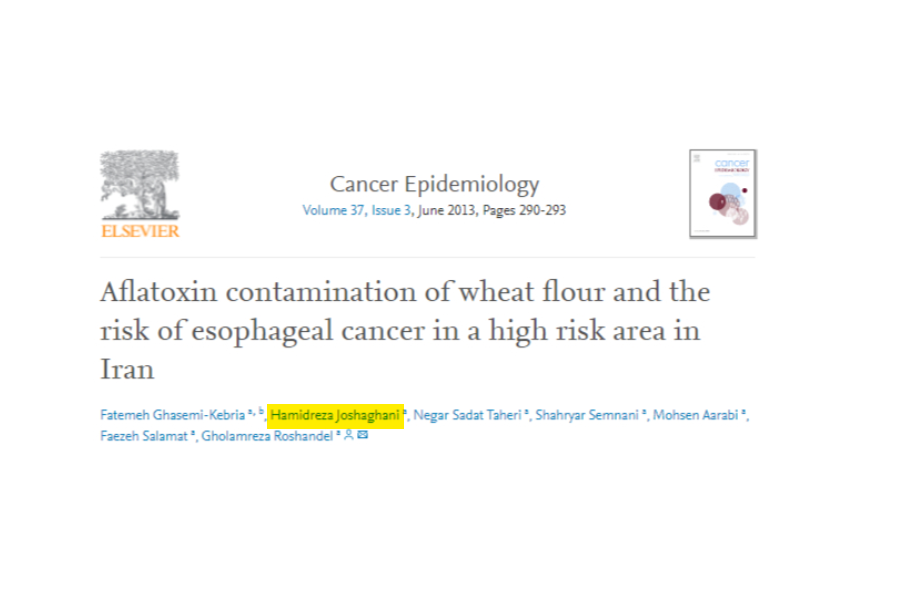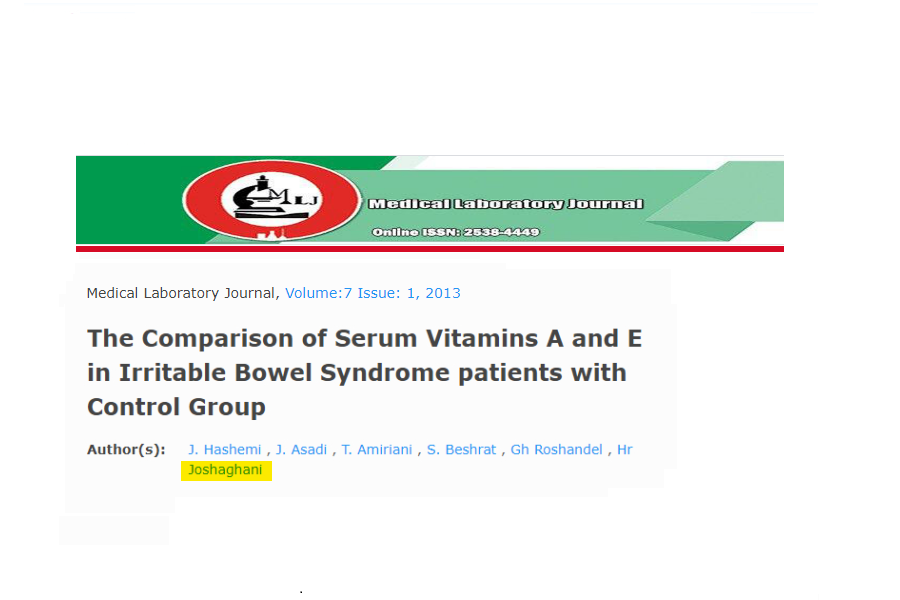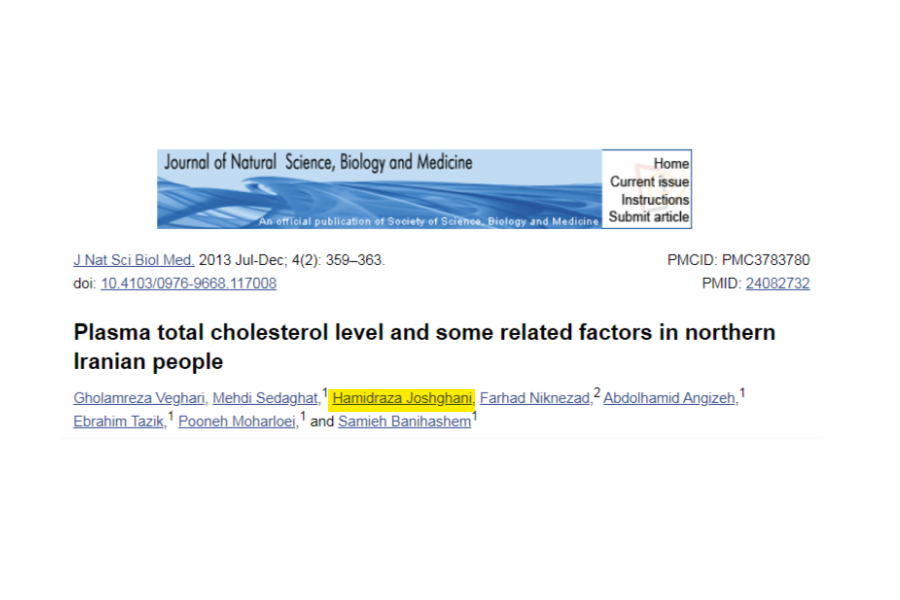آلودگی آفلاتوکسین آرد گندم و خطر سرطان مری در یک منطقه پر خطر در ایران
Abstract
Background: Golestan province in northeastern Iran has been known as a high-risk area for esophageal cancer (EC). This study was conducted to assess aflatoxin (AF) contamination of wheat flour (WF) samples in high and low EC-risk areas of Golestan province. Methods: Four WF samples were collected randomly from each of 25 active silos throughout the province in 2009. The levels of AFs were measured using the High-performance liquid chromatography method. Using the data of EC rates obtained from Golestan population-based cancer registry, the province was divided into high and low risk areas for EC. Student t-test and multivariate regression analysis were used to compare the levels of aflatoxins as well as the condition of silos between the two areas. Results: One hundred WF samples were collected. The mean levels of total aflatoxin and aflatoxin B1 was 1.99 and 0.53 ng g−۱, respectively. The levels of total AF (p = ۰٫۰۳), AFG2 (p = ۰٫۰۲) and AFB1 (p = ۰٫۰۰۳) were significantly higher in samples obtained from high risk area. Multivariate regression analysis showed that humidity of silo was the most important source of difference between silos of the two areas (p = ۰٫۰۴). Conclusion: We found a positive relationship between AF level of WF samples and the risk of EC. So, AF contamination may be a possible risk factor for EC in our region. We also found that humidity of silos was the most important determinant of AF contamination of WF. Intensive control of silos conditions including humidity and temperature are needed especially in high EC-risk areas.




پاسخ دهید
میخواهید به بحث بپیوندید؟مشارکت رایگان.